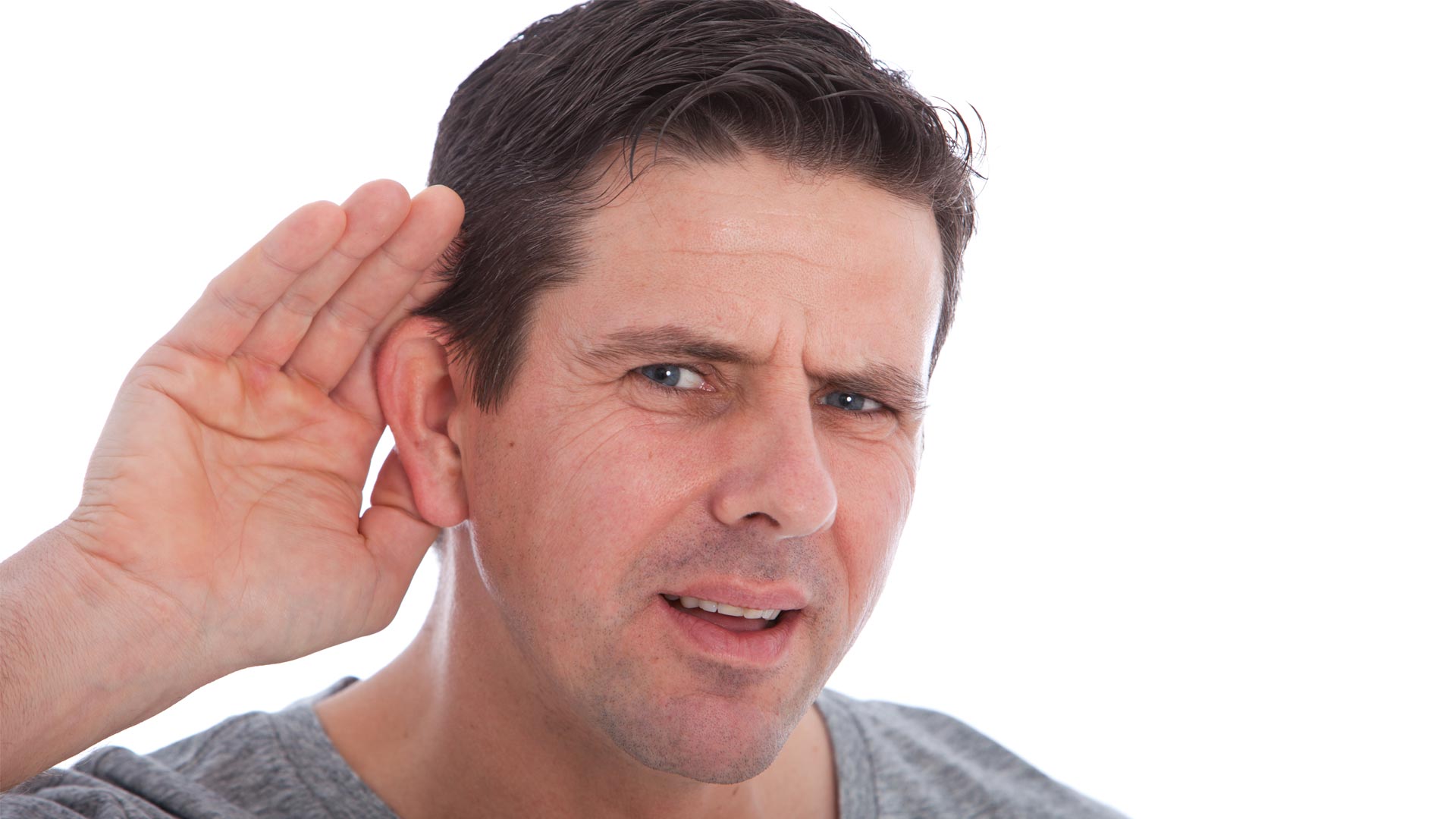
A look at the causes of hearing loss and how to deal with the effects.
Post contributed by Shirley Whitmore on behalf of National Hearing Care
There are many causes of hearing loss, but the gradual decline in the sense of hearing usually occurs because of long-term overexposure to loud sounds. Hearing loss is also strongly associated with age. The American Speech-Language-Hearing Association (ASHA) reports that 18% of all Americans over 45 years old have some degree of hearing loss, as do 47% of adults over 75 years of age. While some inner-ear infections or other diseases, such as mumps, can cause loss of hearing, these are usually sudden and profound events. Steady decline can often be traced to exposure to loud industrial noise (such as in a manufacturing plant or around aircraft), sudden sharp sounds (firearms, for example) or continuous loud sounds, such as music listened to at a high volume.
The difficulty in recognizing the effects of gradual hearing loss is that it is gradual. Slowly, over time, the ability to distinguish the ends of the sound spectrum – the high or low notes in music, for example – and lower volumes (such as whispers) becomes lost. At some point, a person with hearing loss will find that hearing spoken conversation at an average volume becomes difficult. Mixed sound, such as is found in a restaurant, becomes a confusing muddle. Even when a person who is beginning to recognize that he or she is developing a hearing difficulty, the reaction is often to deny that it is taking place, until they begin to recognize the patterns that prove to them that their loss is real: Continually asking others to speak louder during conversations, turning up the volume of a television or radio to very high levels or becoming so frustrated with the use of the telephone that they no longer want to use one are all typical behaviors for people who are experiencing difficulty with hearing.
Hearing loss is more than just an inconvenience. Studies have shown that persons who have hearing loss and who do not use some sort of compensating aid become increasingly socially isolated. Participating in everyday conversations become so difficult, frustrating and embarrassing – having to constantly ask a speaker to repeat himself is often identified as distressing and even humiliating – that many people with hearing loss become withdrawn and un-communicative. The inability to distinguish warning sounds, such as car horns, can also pose a very real potential physical danger.
The most obvious and effective solution to hearing loss is the use of hearing aids. Some people with hearing loss – particularly those who have recently come to the conclusion that they do have some loss – are reluctant to accept this solution at first. The ASHA reports that only 20% of all adult Americans who would benefit from wearing hearing aids actually do so. Discussing the situation with a person who might benefit from hearing aids, however, can often quickly convince them that any perceived sigma of wearing hearing aids is more than offset by being able to re-engage with others and re-discover the pleasure of restored hearing. In fact, the stigma of being perceived as being “hard of hearing” is worse than the use of hearing aids. Why not, then, take a positive step to correct hearing loss?
The first step is for the person to see his or her primary physician, to determine the cause and extent of the loss. If it is determined that the cause is not organic (the result of an infection or disease), the person would be referred to an audiologist who would perform hearing tests. It is then simply a matter of choosing the type of hearing aid that would provide the greatest benefit.
A hearing aid is basically just a combination of microphone, amplifier and a speaker. This means that the aid picks up sound, increases its strength and sends the amplified sound into the ears of the wearer. All sound is amplified equally, so a new hearing aid user will have to re-learn the skill of “editing out” extraneous sounds. A basic analog adjustable hearing aid can be adjusted for volume, but it will not screen out any particular sound. An analog programmable hearing aid includes a computer chip which can be set to present sound in ways that are customized for particular situations. That is, the signal (amplified sound) can be profiled for the human voice in a one-to-one personal conversation or for a public space (which will present a variety of sounds with different pitches, ranges and volumes). The third type of hearing aid is called a digital programmable hearing aid. These adjust themselves automatically to different levels and ranges of sound. This is the most advance and, of course, the most expensive type of hearing aid.
Many health insurance programs do not cover the cost of hearing aids, but many providers can arrange for payment plans if that is needed. Just as important, most providers will allow a trial period, during which the new hearing aid user can try out the device and make sure that the equipment is comfortable and effective. There may also be a period during which the new wearer will have to overcome any sense of embarrassment, a feeling known by anyone who has also worn eyeglasses for the first time in public.
Transitioning to hearing aids is a big step for many people. Anyone who is trying hearing aids for the first time should be encouraged to realize the many benefits that they bring to him or her. Certainly, they should not regard it as a failing to “have” to wear a hearing aid, but as a positive step that will increase their quality of life.

A new study suggests that a widely used sugar substitute found in diet sodas, chewing gum, and low-sugar yogurt may elevate insulin levels. This could increase the long-term risk of heart disease. “Artificial sweeteners have infiltrated nearly all types of food, making it crucial to understand their long-term health effects,” said Yihai Cao, senior author […]

Diet Coke has long been a fan-favorite among soda lovers who want a fizzy, guilt-free alternative to traditional soft drinks. While its zero-calorie, zero-sugar label makes it seem like a healthier option, the reality is far more concerning. Despite its undeniable popularity, Diet Coke’s nutritional profile has raised red flags among health experts for years. […]

New study shows that embracing an anti-inflammatory, plant-forward diet can support cognitive function and help reduce the risk of dementia. What You Eat Shapes Your Brain The food you eat doesn’t just impact your body—it also affects your brain. Research suggests that eating an anti-inflammatory, plant-based diet can help improve memory, focus, and overall brain […]